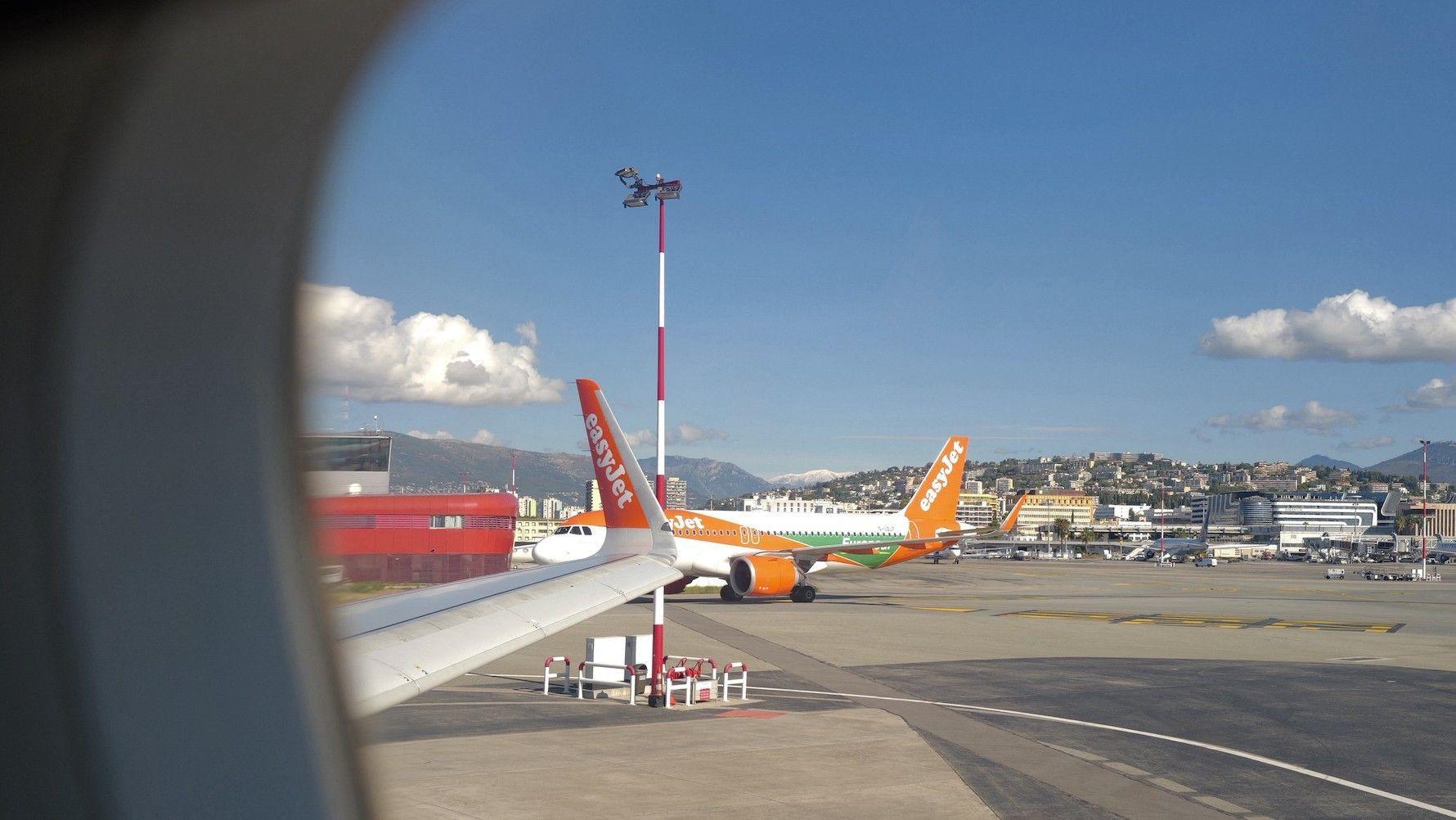
Can an aviation-minded company land as smoothly in the competitive world of tourism as it does on a runway? Corendon Tourism Group thinks that in the garden of one of their hotels, a full-size Boeing 747 parked among the trees makes the case that it can!
The story begins in 1997, when two longtime friends — Atılay Uslu, who had built a reputation in aviation operations, and Yıldıray Karaer, whose expertise was steeped in travel agencies and guest hospitality — founded Corendon Tourism Group in Amsterdam. What started as a tour operator expanded into aviation in the early 2000s, with the company’s first Eindhoven-Istanbul flight marking Corendon Airlines’ debut roughly two decades ago.
That dual DNA, airline precision mixed with hospitality clever, would later spark one of Europe’s most eye-catching hotel concepts, a retired jumbo jet transformed into an open-air landmark.
From Schiphol’s runways to a hotel lawn
When Dutch flag carrier KLM prepared to retire one of its iconic Boeing 747-400 jumbos, Corendon seized the opportunity. The aircraft, measuring 71 meters (233 feet) in length and 19 meters (62 feet) in width, was acquired intact, no easy feat for a structure that usually must be dismantled for transport.
In early 2019, the plane made a 12-kilometer (7-mile) overland journey from Amsterdam’s Schiphol Airport to the Corendon Plaza Hotel in nearby Badhoevedorp. Moving the 160-ton jet required months of planning with local authorities and three consecutive nights of carefully choreographed logistics.
Each night, the convoy inched forward for about five hours at walking speed, crossing highways, bridges and even temporarily lifted power lines. Two hundred engineers and rigging specialists coordinated the move, which Dutch television covered live. Corendon officials said the operation alone cost more than 500,000 euros.
A jumbo as storyteller
Today, the aircraft rests in the hotel’s garden as if poised for take-off. Beyond being a photogenic icon, it serves as a marketing beacon linking Corendon’s two worlds: aviation and hospitality. Guests can walk beneath the wings, attend guided tours, or book special events inside the fuselage.
To celebrate the project, Dutch tattoo-artist-turned-painter Lieuwe van Gogh was commissioned to design an exterior mural. The artwork in bold lines and cobalt blues depicts themes of travel and freedom, making the Corendon 747 arguably the first retired jetliner in the world to wear a full-scale tattoo-style illustration.
The jumbo’s success reshaped Corendon’s view of what hotel amenities could be. Sensing visitors’ fascination with aviation nostalgia, the company later introduced a “737 Suite” at its Corendon City Hotel Amsterdam New West property, a guest room whose interior replicates a narrow-body aircraft cabin complete with cockpit-style controls. The novelty proved so popular that the suite is often booked months in advance.
HH Aviation meets hospitality
For industry analysts, the Corendon case shows that an airline’s operational know-how can cross-pollinate with tourism branding. By turning an engineering challenge into a public spectacle and by offering immersive aviation-themed stays, the group has crafted a narrative that differentiates it from standard city hotels.
As Uslu has noted in past interviews, “A plane in the garden tells our story better than any billboard.”
In an era when travelers increasingly seek “experiences” rather than just beds, the sight of a gleaming white jumbo jet parked amid a four-star property may be Corendon’s ultimate calling card — a reminder that sometimes the most memorable check-in begins on the tarmac.
Orkun Bulut, a digital nomad